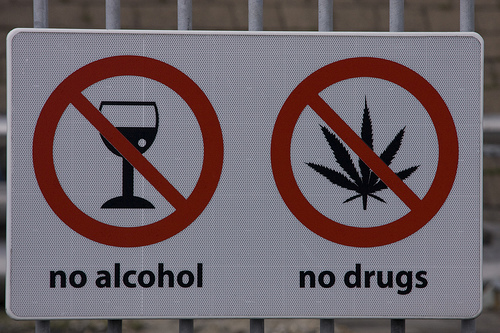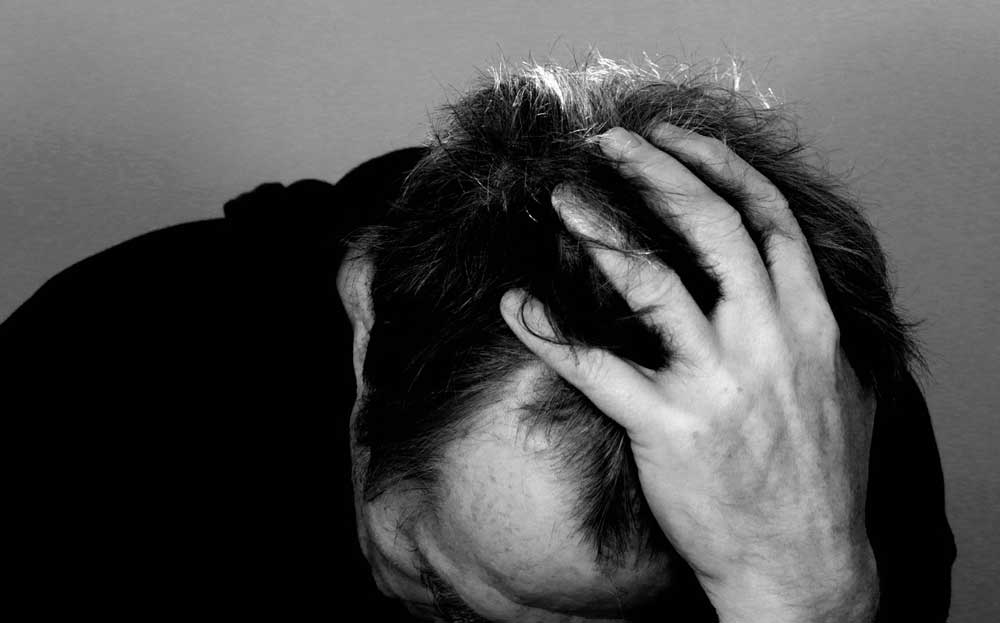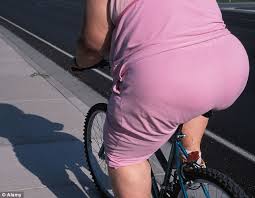Smoking health prejudice in societies

Smoking health prejudice in societies comes with very many deadly health complications
Smoking health prejudice in societies: Drug addiction quitting time
Tobacco use is a serious disaster in most communities and that is why quitting smoking health prejudices cannot be delayed any further. Speaking to the experts at AWAREmed health and wellness resource center under the leadership of doctor Dalal Akoury MD, it may not be easy to quite however, the following tips can be helpful in quitting:
- Never concentrate on what you are longing for instead think about what you are gaining.
- Encourage yourself that you are a great person for quitting.
- When you are tempted to smoke take a deep breath and hold it for about 10 seconds and then release it slowly.
- Disengage from activities that were connected to smoking like taking a walk or read a book instead of taking a cigarette break.
- Don’t carry a lighter, matches, or cigarettes.
- Go to places that don’t allow smoking, such as museums and libraries.
- Eat low-calorie, healthful foods when the urge to smoke strikes. Carrot and celery sticks, fresh fruits, and fat-free snacks are good choices. Avoid sugary or spicy foods that may lead to cigarette craving.
- Drink a lot of fluids. Avoid alcoholic drinks. They can make you want to smoke. Select water, herbal teas, caffeine-free soft drinks, and juices.
- Exercise. It will help you to relax.
- Hang out with non-smokers.
- Seek support for quitting. Tell others about your milestones with pride.
Smoking health prejudice in societies: Benefits of quitting smoking
- After twenty minutes stopping smoking: Your blood pressure and pulse rate begin to decrease. Circulation and the temperature of your hands and feet begin to increase.
- After twelve hours of not smoking: The carbon monoxide level in your blood returns to normal.
- After two weeks to three months of not smoking: Your chance of heart attack decreases and your lungs function better
- After one to nine months of not smoking: Coughing and shortness of breath decrease
- After one year of not smoking: Your risk of heart disease decreases to half that of a smoker’s risk
- After five to fifteen years of not smoking: Your risk of getting mouth, throat, or esophagus cancer drops to half that of a smoker.
- After ten years of quitting smoking: Your risk of dying from lung cancer drops to almost half that of a smoker and your risk of other cancers, such as cancer of the bladder, larynx, kidney, and pancreas decreases
- After fifteen years of quitting smoking: Your risk of heart disease decreases to that of a nonsmoker.
Finally, it is important noting that the temptation of smoking again (relapse) will always come. If they do be encouraged that you are not alone many people who have successfully quitted relapsed three times before the success. It is because of these challenges that you will need to be in constant touch with addiction professionals all the way and therefore being at AWAREmed Health and Wellness Resource Center with doctor Akoury’s care you will be professionally assisted overcome all your challenges by focusing on Neuroendocrine Restoration (NER) to reinstate normality through realization of the oneness of Spirit, Mind, and Body, Unifying the threesome into ONE. This way you will live a health life free from all elements of addiction.
Smoking health prejudice in societies: Drug addiction quitting time
http://www.I-AM-I.com/wp-admin








